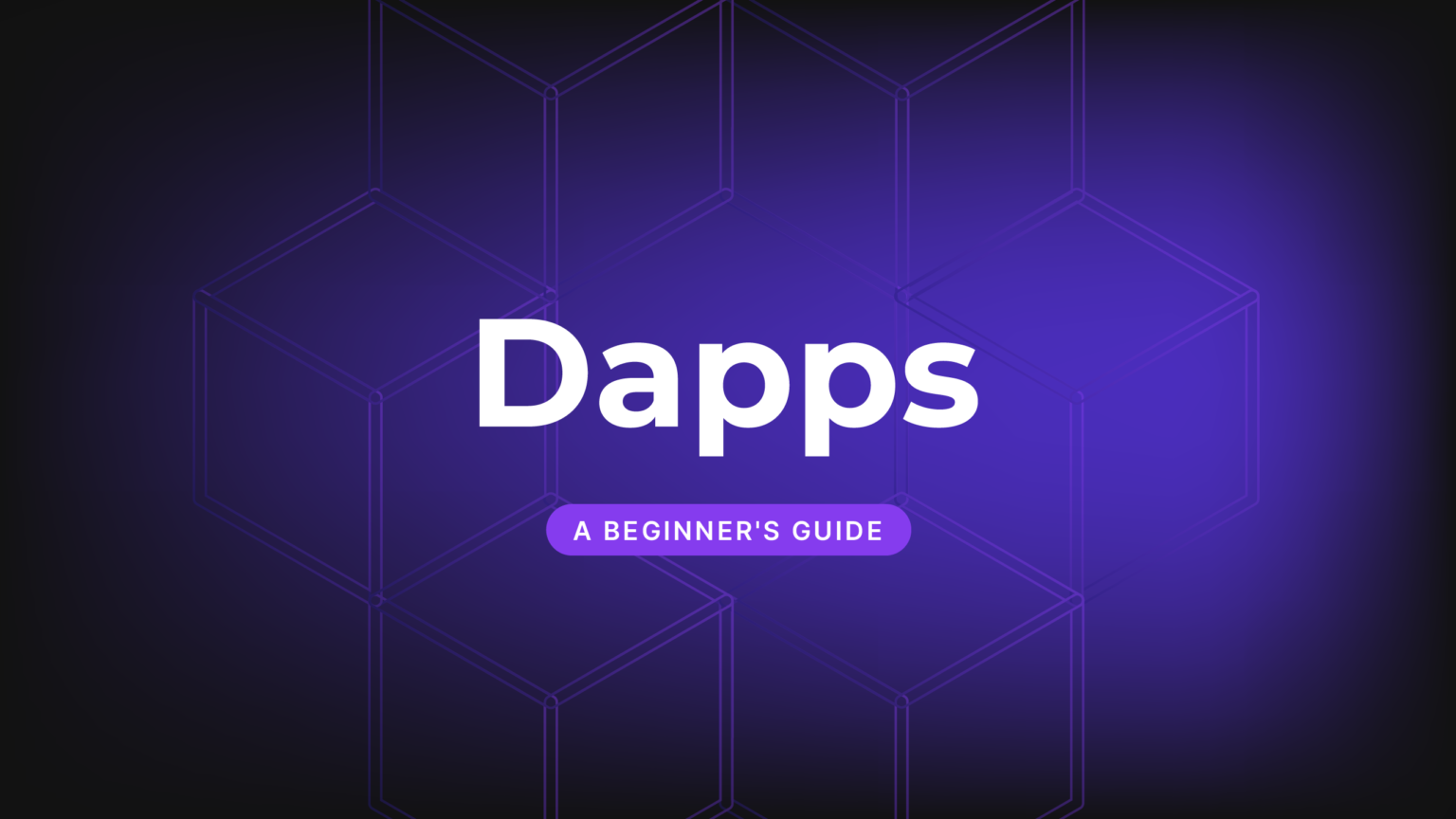Decentralized Applications (DApps): How Web 3 Apps Operate
 Shivam Goswami
Shivam Goswami
Introduction
Hey Web 3 Enthusiasts! 👋
After exploring blockchains and smart contracts, it's time to dive into Decentralized Applications or DApps for short. These are at the core of Web 3, allowing users to interact with the blockchain without relying on centralized control.
In this blog, you'll learn:
What DApps are
How they work
How they compare with traditional apps
A simple example of a decentralized to-do list
By the end of this post, you'll understand how DApps operate and what sets them apart from traditional applications.
Prerequisites
Before diving into DApps, make sure you have:
A basic understanding of blockchain technology and smart contracts.
Familiarity with JavaScript and Solidity is helpful, but not mandatory.
What Are DApps?
In simple terms, DApps are applications that run on a blockchain network instead of using a central server. Just like your favorite apps—Uber, Facebook, or Netflix—but with decentralization at their core.
Key Characteristics of DApps:
Open Source: Most DApps' code is open to the public, making it transparent and collaborative.
Decentralized: They operate on a blockchain network, ensuring high security and less susceptibility to censorship.
Incentivized via Tokens: Users and developers often earn tokens (crypto) for participating in the DApp ecosystem.
How Do DApps Work?
A DApp works similarly to traditional apps but with a major difference: it operates decentralized. Instead of relying on central servers, DApps leverage smart contracts on a blockchain to execute their logic. Let’s break it down.
Frontend (Client-Side):
The front end of a DApp is developed just like a web app, using HTML, CSS, and JavaScript. The key difference is that instead of calling a traditional backend, it interacts with the blockchain.Backend (Blockchain and Smart Contracts):
The backend consists of smart contracts, which handle the logic and interact with the blockchain. These smart contracts store data and execute actions securely and transparently.
DApps vs. Traditional Apps
| Feature | Traditional Apps | Decentralized Apps (DApps) |
| Backend | Centralized Server | Blockchain |
| Control | Controlled by a single entity | Controlled by multiple users via tokens |
| Data Storage | Centralized databases | Blockchain |
| Censorship | Can be shut down or censored | Resistant to censorship |
| Security | Vulnerable to hacking or data breaches | Highly secure due to decentralization |
In short, DApps provide a more secure, decentralized, and transparent alternative to traditional apps.
A Simple Example: Decentralized To-Do List
Let’s build a simple DApp example—a decentralized to-do list. Instead of storing tasks in a central server, we'll store them on the blockchain using a smart contract. Below is the smart contract code written in Solidity.
Solidity Code: To-Do List Smart Contract
// SPDX-License-Identifier: MIT
pragma solidity ^0.8.0;
contract TodoList {
struct Task {
uint id;
string content;
bool completed;
}
mapping(uint => Task) public tasks;
uint public taskCount = 0;
event TaskCreated(uint id, string content, bool completed);
function createTask(string memory _content) public {
taskCount++;
tasks[taskCount] = Task(taskCount, _content, false);
emit TaskCreated(taskCount, _content, false);
}
function toggleTaskCompleted(uint _id) public {
Task memory _task = tasks[_id];
_task.completed = !_task.completed;
tasks[_id] = _task;
}
}
Code Breakdown:
Task Struct: Defines the structure of a task, with an
id,content, andcompletedstatus.createTask Function: Allows users to create a new task and store it on the blockchain.
toggleTaskCompleted Function: Lets users mark tasks as completed or revert them back to incomplete.
Once deployed on Ethereum or any blockchain that supports Solidity, this DApp allows users to interact with tasks stored on the blockchain.
Real-World Examples of DApps
Here are some popular real-world DApps that showcase the power of decentralization:
Uniswap: A decentralized exchange (DEX) for trading cryptocurrencies without intermediaries.
OpenSea: The largest marketplace for NFTs (Non-Fungible Tokens).
Compound: A decentralized finance (DeFi) platform for lending and borrowing crypto assets.
These DApps are disrupting industries by providing decentralized alternatives that are secure, transparent, and open to all.
Advantages of DApps
Censorship Resistance: No single entity can shut down a DApp or restrict its operations.
Security: Decentralization provides greater security compared to centralized systems, reducing the risk of hacking.
User Control: Users own their data, and transactions are transparent, making DApps highly trustworthy.
Challenges with DApps
Although DApps offer several advantages, they also face certain challenges:
Scalability: Blockchains are currently slower than traditional databases, which can be a bottleneck for DApps during high traffic.
User Experience: Interacting with blockchain wallets and tokens can be challenging for beginners.
Conclusion
DApps are a cornerstone of the Web 3 revolution, enabling decentralized, secure, and transparent applications that users can trust. By understanding how DApps work and experimenting with simple smart contracts, you’re on your way to becoming a Web 3 developer.
In the next blog, we’ll explore Ethereum and why it's the most popular blockchain for building DApps. Stay tuned, and let’s continue this Web 3 journey together!
#Web3 #Blockchain #DApps #SmartContracts #Solidity #Crypto
References and Resources
Subscribe to my newsletter
Read articles from Shivam Goswami directly inside your inbox. Subscribe to the newsletter, and don't miss out.
Written by

Shivam Goswami
Shivam Goswami
A passionate tech advocate with a strong foundation in Web Development and a deep interest in the evolving Web 3 space. As a Developer Relations (DevRel) professional, I focus on bridging the gap between developers and products, ensuring they have the right tools and support to thrive.